Automate Certificate Renewal and Deployment Using OpenSSL and Bash

Learn how to automate SSL/TLS certificate renewal and deployment using OpenSSL and Bash scripts. Includes CLI examples, best practices, cron automation, and deployment tips. Table of Contents Introduction Securing communication channels using SSL/TLS certificates is critical in today’s cybersecurity landscape. However, managing and renewing these certificates manually is time-consuming and error-prone—especially in environments with dozens […]
How to Archive and Extract PFX Certificate Files

Learn how to archive and extract PFX/PKCS#12 certificate files using OpenSSL and Windows tools. Includes CLI examples, tables, and best practices for secure handling. Table of Contents 🔈Introduction Whether you’re managing a secure web server, configuring enterprise authentication, or migrating SSL certificates across systems, understanding how to work with PFX certificate files (also known as […]
Understanding DNF History: Tracking Package Installations and Removals
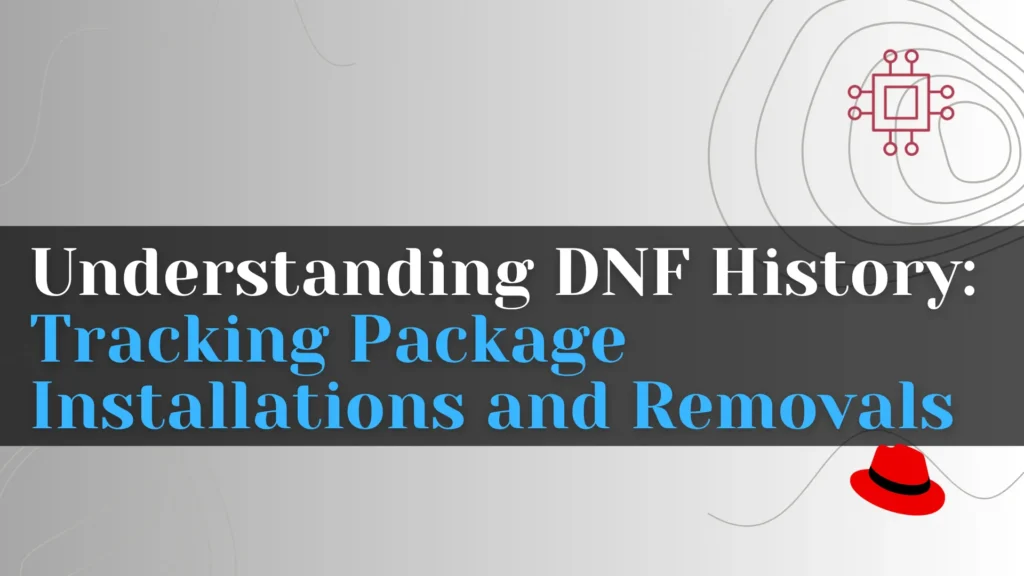
Understanding dnf history for tracking, auditing, and undoing package installs and removals on Fedora/RHEL. CLI examples, tables, best practices included. Table of Contents 🔈Introduction In the world of Red Hat–based Linux distributions (Fedora, RHEL, CentOS Stream, AlmaLinux, Rocky Linux), dnf is the go‑to package manager. As system administrators and DevOps engineers, visibility into package installations and removals is crucial. […]
PostgreSQL Containerization Best Practices
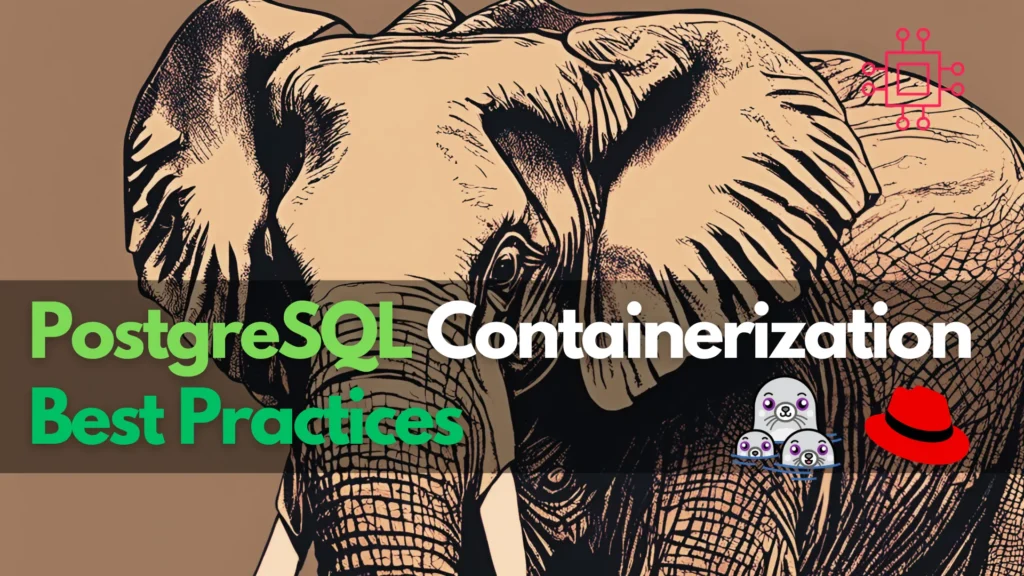
Learn PostgreSQL containerization best practices—including secure images, persistent volumes, resource tuning, backups, monitoring & seamless upgrades—for reliable cloud-native deployments. Table of Contents 🔈Introduction Containerizing PostgreSQL has revolutionized how developers, DevOps engineers, and sysadmins deploy and manage relational databases. With Docker and Kubernetes driving cloud-native infrastructure, following best practices in PostgreSQL containerization ensures scalability, maintainability, and […]
How to Create and Build Your Own RPM Packages
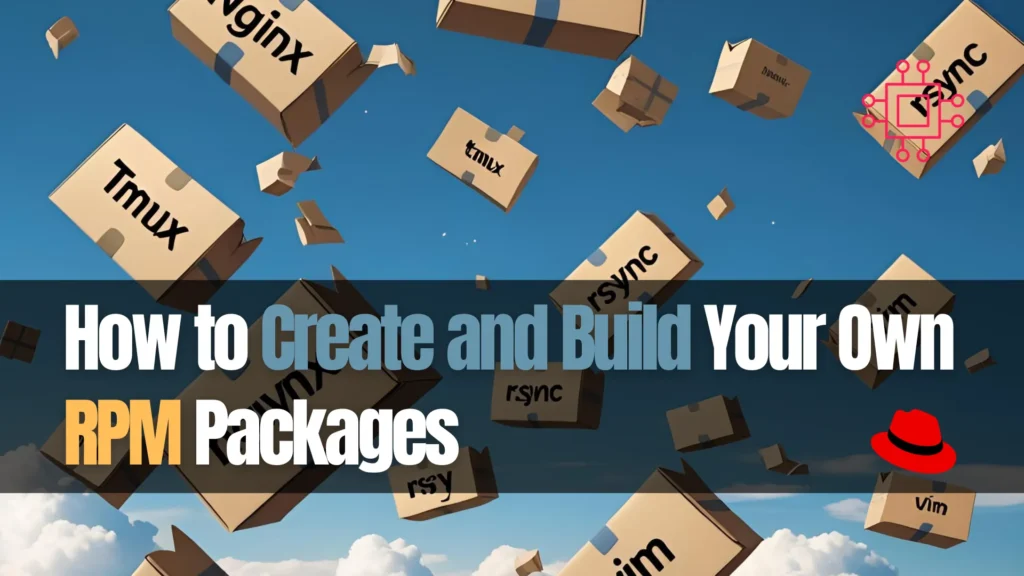
Learn how to create and build RPM packages for Linux-based systems. This guide covers setting up your RPM build environment, writing spec files, and building and testing RPM packages step-by-step. Table of Contents 🔈Introduction In the world of Linux-based systems, the ability to create and manage software packages is a fundamental skill for developers and […]
Deploy PostgreSQL Database on Podman: A Step-by-Step Guide
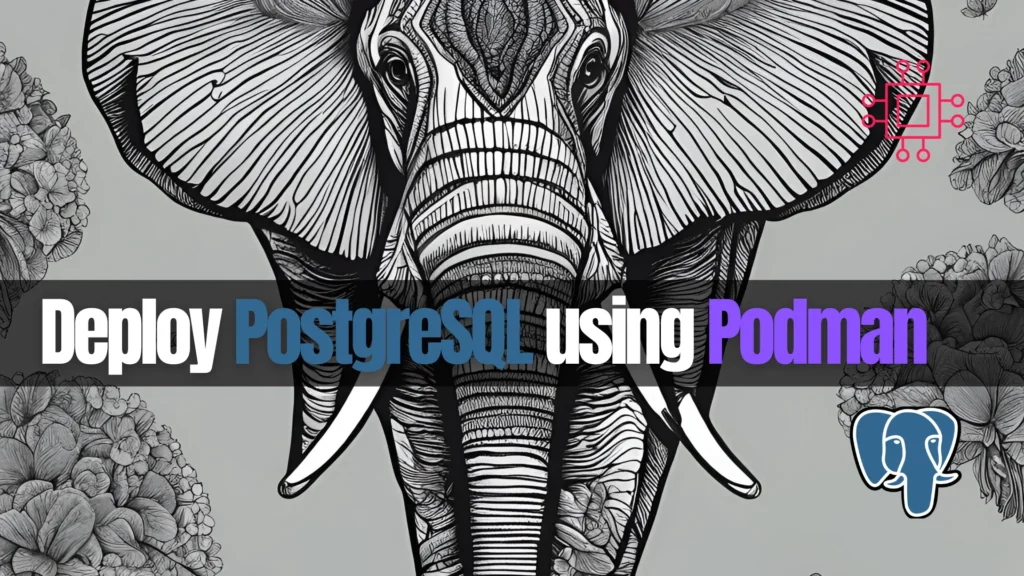
Learn how to deploy PostgreSQL database on Podman with this step-by-step guide. From installation to database setup, find out everything you need to know to run PostgreSQL containers efficiently. Table of Contents 🔈Introduction In the world of modern application development and containerization, Podman has gained significant traction as a container management tool. It’s known for being a […]
Major Differences Between Ansible Engine and Ansible Core
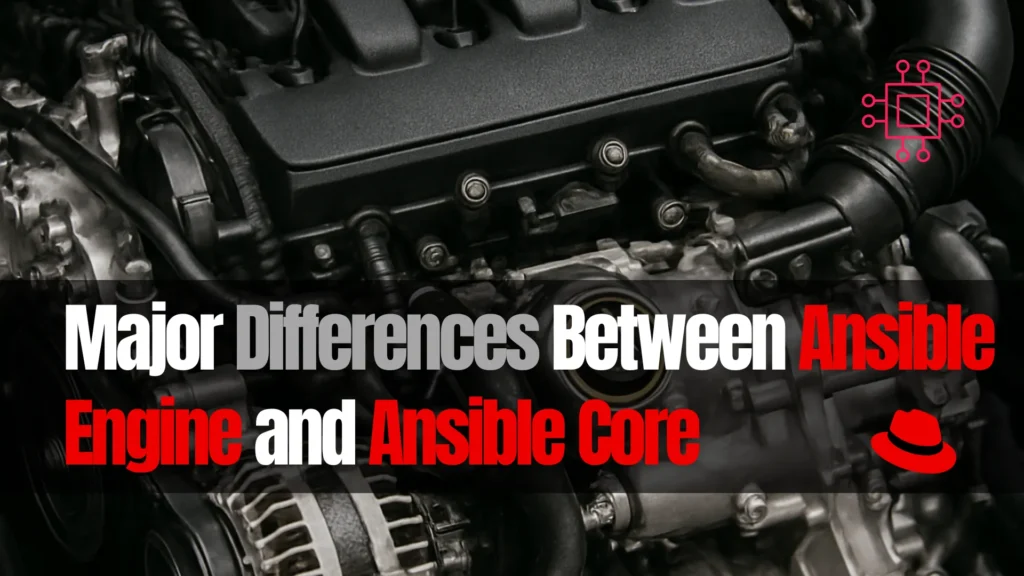
Learn the key differences between Ansible Core and Red Hat Ansible Engine, now EOL. Understand the transition to Red Hat Ansible Automation Platform and how it impacts your automation strategy. Table of Contents 🔈Introduction Ansible has long been a go-to tool for automation, configuration management, and application deployment. However, with its evolving product lineup and […]
How to Inspect and Extract RPM Package Contents
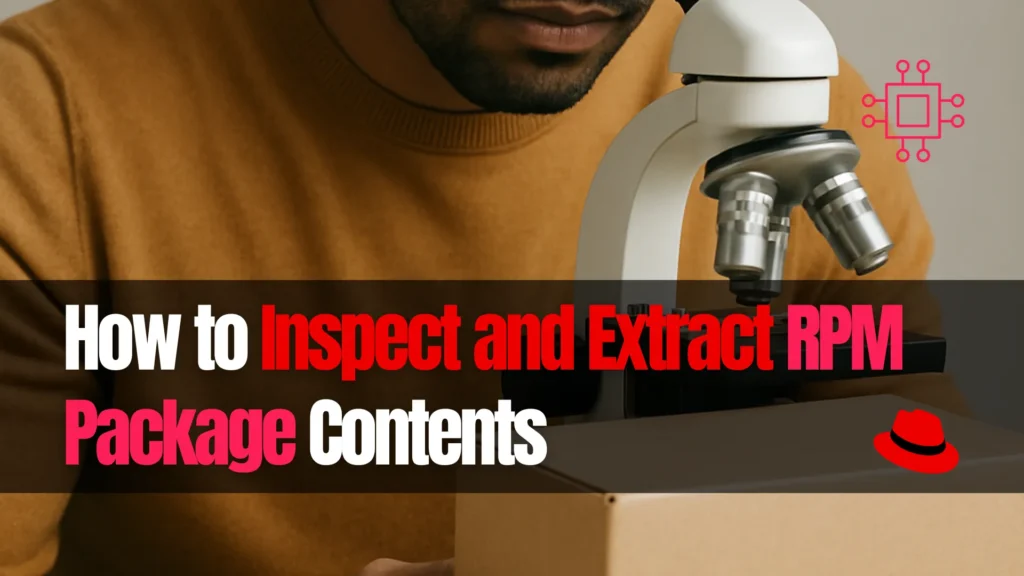
Learn how to inspect and extract RPM package contents using various tools like rpm, rpm2cpio, and repoquery. Discover detailed examples and best practices for managing RPM packages. Table of Contents 🔈Introduction RPM (Red Hat Package Manager) is a powerful package management system used by many Linux distributions, such as Red Hat, CentOS, Fedora, and others. It […]
Automatically Exclude Packages Using DNF
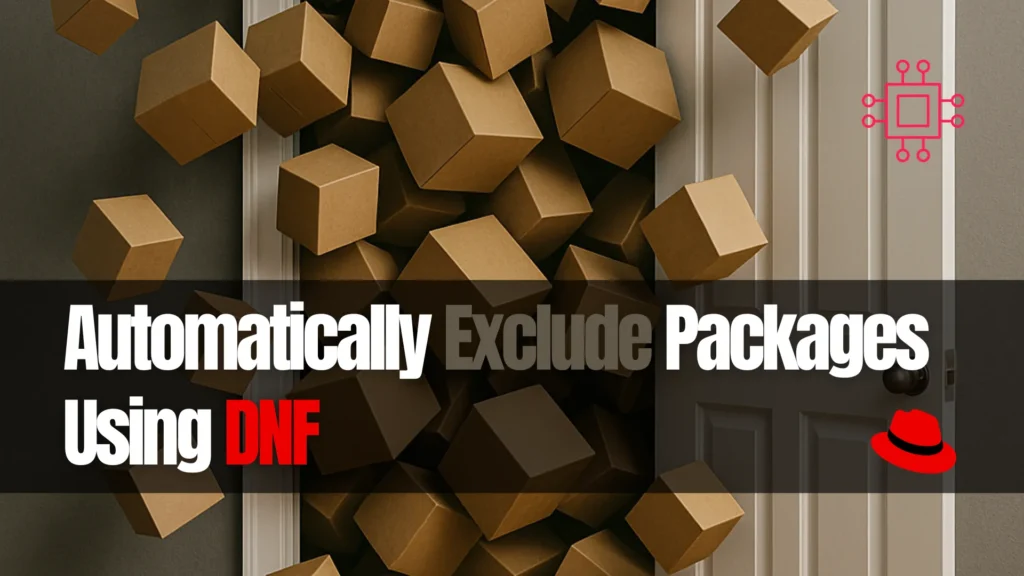
Learn how to automatically exclude packages using DNF on Linux-based systems. This guide covers DNF exclusion options, CLI examples, and strategies for managing package installations effectively. Table of Contents 🔈Introduction The DNF (Dandified YUM) package manager is a powerful tool for managing software packages on Fedora, CentOS, RHEL, and other RPM-based distributions. It helps users install, update, remove, […]
Top 10 Google Cloud CLI Commands Every DevOps Engineer Should Know
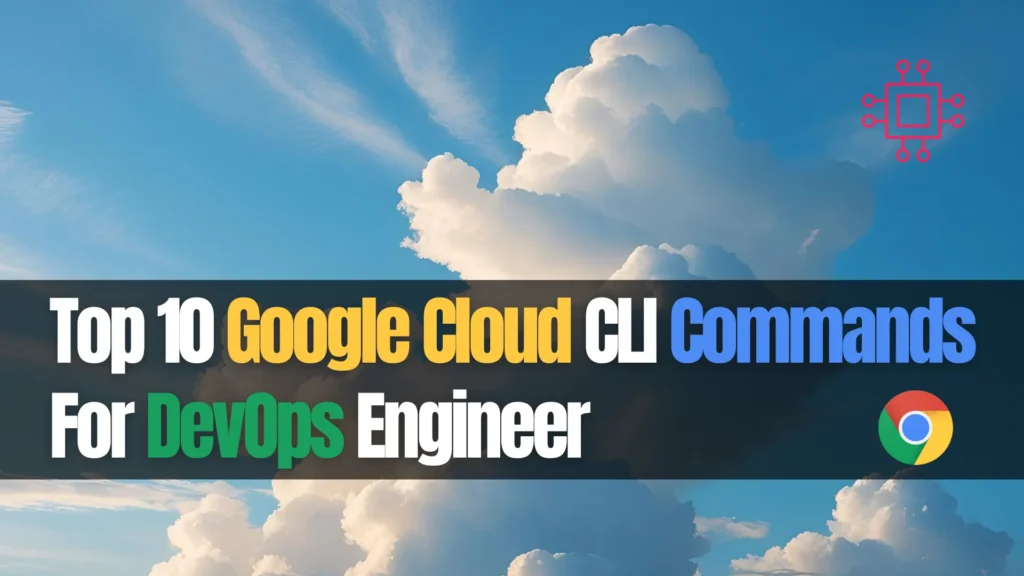
Master the top 10 Google Cloud CLI commands every DevOps engineer should know. Boost productivity with real-world examples, command tables, and automation tips. Table of Contents Introduction In the fast-paced world of DevOps, efficiency and automation are paramount. Google Cloud’s Command-Line Interface (CLI), gcloud, is an indispensable tool for DevOps engineers, enabling them to manage resources, […]
